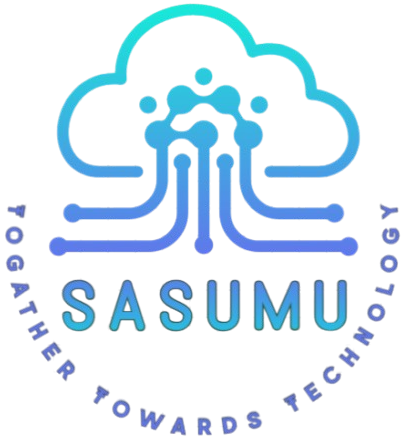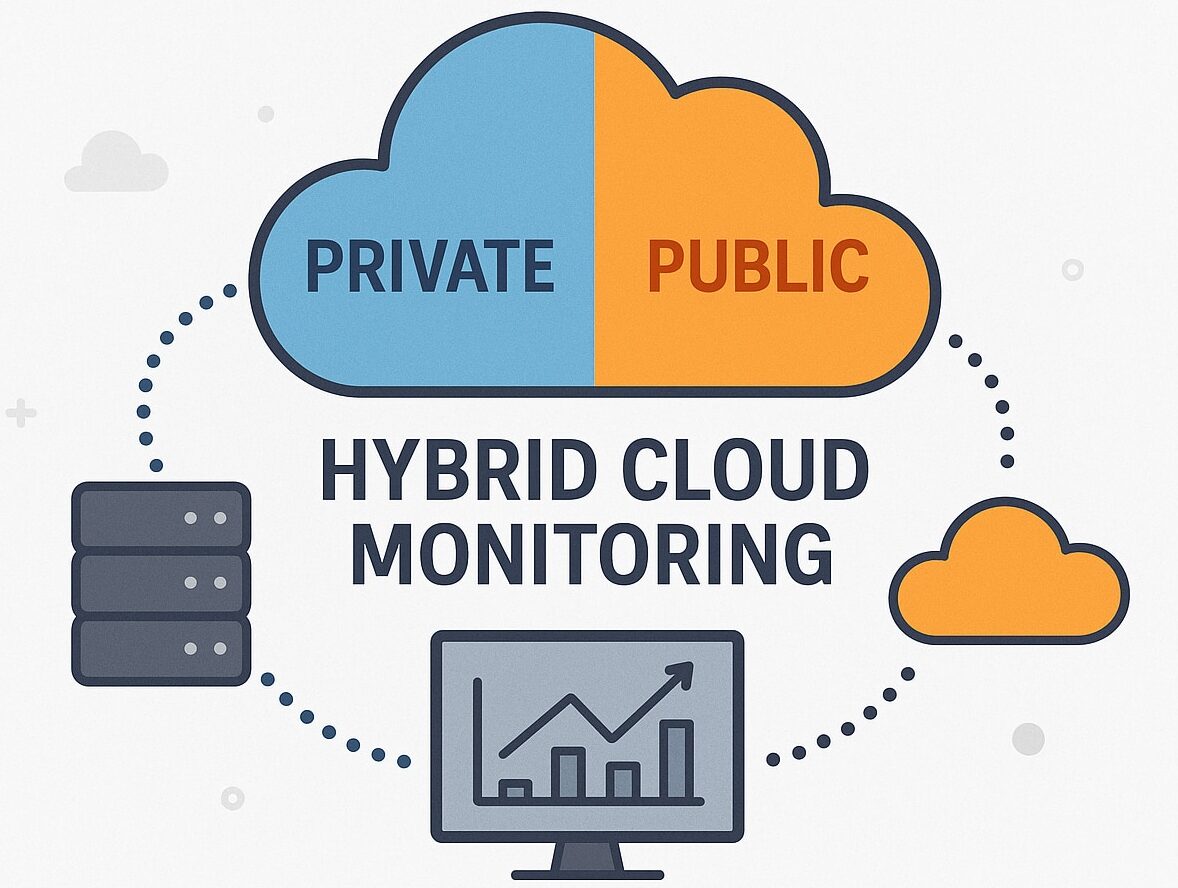Top 5 Cloud Monitoring Tools for Modern DevOps Teams
In the fast-paced world of DevOps, cloud monitoring has become a cornerstone of ensuring system reliability, performance optimization, and cost management. As organizations increasingly rely on cloud-native architectures and microservices, the need for robust monitoring tools that provide real-time insights, scalability, and seamless integration has skyrocketed. Below, we explore five leading cloud monitoring solutions that empower modern DevOps teams to maintain visibility and control over their distributed environments.
**Datadog** stands out as a comprehensive observability platform designed to unify metrics, logs, and traces across hybrid and multi-cloud infrastructures. Its strength lies in its ability to aggregate data from servers, containers, databases, and third-party services into a single dashboard, enabling teams to troubleshoot issues holistically. With features like automated alerts, AI-driven anomaly detection, and over 600 pre-built integrations, Datadog simplifies monitoring for complex applications. DevOps teams particularly value its real-time collaboration capabilities, which streamline incident response and reduce mean time to resolution (MTTR).
**Prometheus**, an open-source monitoring tool, has gained widespread adoption for its flexibility and Kubernetes-native design. Built for dynamic cloud environments, Prometheus excels at scraping metrics from ephemeral containers and microservices. Its query language, PromQL, allows DevOps engineers to create custom alerts and visualizations tailored to their specific workflows. When paired with **Grafana** for dashboards, Prometheus becomes a powerful combination for organizations prioritizing cost efficiency and scalability. The tool’s active community and compatibility with service meshes like Istio make it a favorite for teams managing cloud-native ecosystems.
For enterprises seeking end-to-end application performance monitoring (APM), **New Relic** offers a unified platform that bridges infrastructure, network, and user experience metrics. Its distributed tracing capabilities help DevOps teams pinpoint bottlenecks in serverless functions, Kubernetes clusters, or legacy systems. New Relic’s AIOps features automate root cause analysis, reducing alert fatigue during critical outages. The platform’s intuitive interface and synthetic monitoring tools also support proactive performance testing, making it ideal for businesses focused on maintaining superior customer experiences in the cloud.
**AWS CloudWatch** remains a go-to solution for organizations deeply embedded in the Amazon Web Services ecosystem. This native monitoring service provides granular insights into AWS resources like EC2 instances, Lambda functions, and RDS databases. DevOps teams leverage CloudWatch Logs and Metrics to automate scaling policies via AWS Auto Scaling, ensuring optimal resource utilization. While its customization options are more limited compared to third-party tools, tight integration with services like AWS X-Ray and CloudTrail makes it indispensable for teams prioritizing seamless AWS operations and compliance adherence.
Rounding out the list is **Google Cloud Operations Suite** (formerly Stackdriver), which combines monitoring, logging, and diagnostics for Google Cloud Platform (GCP) and multi-cloud environments. Its strength lies in AI-powered recommendations for cost savings and performance improvements, driven by Google’s expertise in machine learning. Features like Service Monitoring and Uptime Checks enable DevOps teams to enforce SLAs across globally distributed applications. As cloud environments grow more complex, the suite’s ability to correlate telemetry data across services helps organizations maintain visibility without compromising agility.
Selecting the right cloud monitoring tool depends on factors like infrastructure complexity, budget, and existing cloud vendor relationships. Modern DevOps teams often combine multiple tools—for example, using Prometheus for Kubernetes monitoring alongside Datadog for broader infrastructure insights. The key is to prioritize solutions that offer automation, real-time analytics, and adaptability to evolving architectures. By leveraging these platforms, teams can ensure resilience in an era where downtime is not an option and user expectations continue to rise exponentially.

